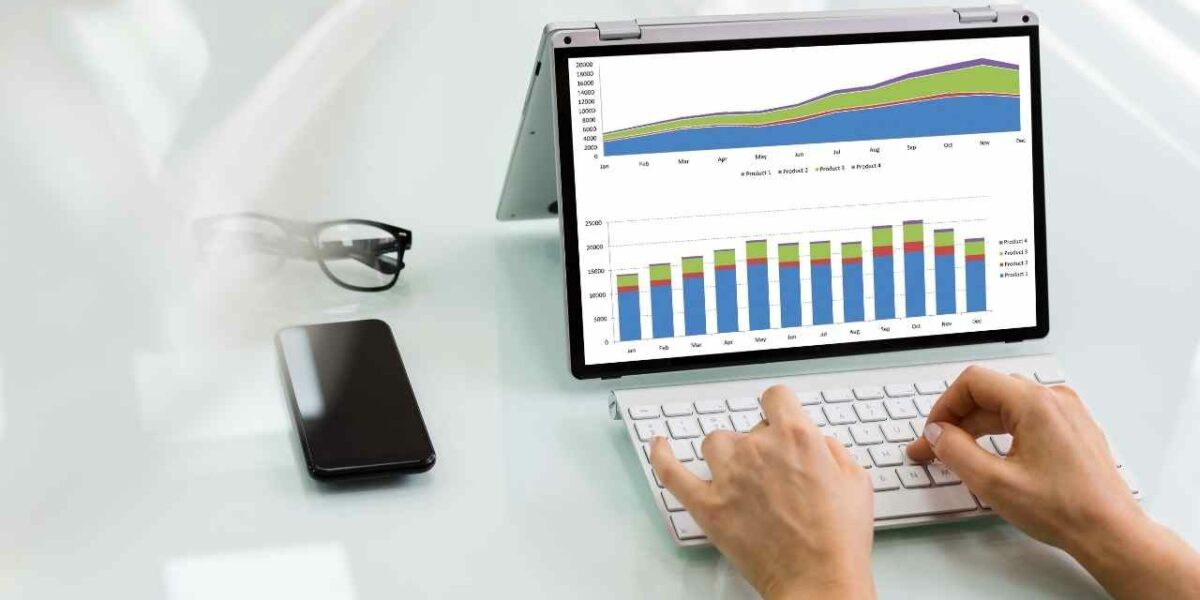Predictive analytics has been a huge help to businesses in fields as diverse as healthcare, hospitality, retail, and insurance by looking into the future while optimizing inventories, enhance customer relationships, staffing, pricing, and many other organizational goals.
But what is predictive analytics exactly?
According to John Edwards in this article, predictive analytics is a category of data analytics aimed at making predictions about future outcomes based on historical data and analytics techniques such as statistical modeling and machine learning. The science of predictive analytics can generate future insights with a significant degree of precision. With the help of sophisticated predictive analytics tools and models and volume of data analysis, any organization can now use past and current data to reliably forecast trends and behaviors milliseconds, days, or years into the future.
Predictive analytics at work
Predictive analytics draws its power from a wide range of methods and technologies, including big data, large data set, data analysis, data management data mining, statistical modeling, data collection, data warehouse, machine learning, business intelligence, and assorted mathematical processes, using Hadoop distributed file system, for example. Organizations use predictive analytics to sift through current and historical open source data to detect trends and forecast events and conditions that should occur at a specific time, based on supplied parameters.
With predictive analytics, organizations can find and exploit patterns contained within data in order to detect risks and opportunities, as well as execute high volume type of data that’s part of business intelligence (BI). Models can be designed, for instance, to discover relationships between various behavior factors. Such models enable the assessment of either the promise or risk presented by a particular set of conditions, guiding informed decision-making across various categories of supply chain and procurement events.
Benefits of predictive analytics
Predictive analytics makes looking into the future more accurate and reliable than previous tools. The role of a data scientist is growing along with the demand of such talent in the market. As such it can help adopters find ways to save and earn money. Retailers often use predictive models to forecast inventory requirements, manage shipping schedules and configure store layouts to maximize sales. Airlines frequently use big data technology and predictive analytics to set ticket prices reflecting past travel trends. Hotels, restaurants, and other hospitality industry players can use the technology to forecast the number of guests on any given night in order to maximize occupancy and revenue.
The use of predictive analytics in marketing campaigns will enable organizations to generate new customer responses or purchases, as well as promote cross-sell opportunities and management system. Predictive models can help businesses attract, retain and nurture their most valued customers.
Predictive analytics implementations
Let’s take a look at how industries are making use of predictive analytics.
- Aerospace: Predict the impact of specific maintenance operations on aircraft reliability, fuel use, availability, and uptime.
- Automotive: Incorporate records of component sturdiness and failure into upcoming vehicle manufacturing plans. Data visualization through a driver behavior study is done to develop better driver assistance technologies and, eventually, autonomous vehicles.
- Energy: Forecast long-term price and demand ratios. Determine the impact of weather events, equipment failure, regulations, and other variables on service costs.
- Financial services: Develop credit risk models. Forecast financial market trends. Predict the impact of new policies, laws, and regulations on businesses and markets.
- Manufacturing: Predict the location and rate of machine failures. Optimize raw material deliveries based on projected future demands.
- Law enforcement: Use crime trend data to define neighborhoods that may need additional protection at certain times of the year.
- Retail: Follow an online customer in real-time and social media to determine whether providing additional product information or incentives will increase the likelihood of a completed transaction.
Interested to learn more about predictive analytics? Canadian College for Higher Studies offers Diploma in Database Administration and Big Data Predictive Analytics. You will learn the skills required by the currently high-in-demand role in 52 weeks. You may even be eligible to get your training funded through Second Career program by the Ontario government. Find out if you qualify for up to $28,000 in funding. Do you have to pay back Second Career funding? Email us today at [email protected] to learn more, our student advisor would be happy to assist!

